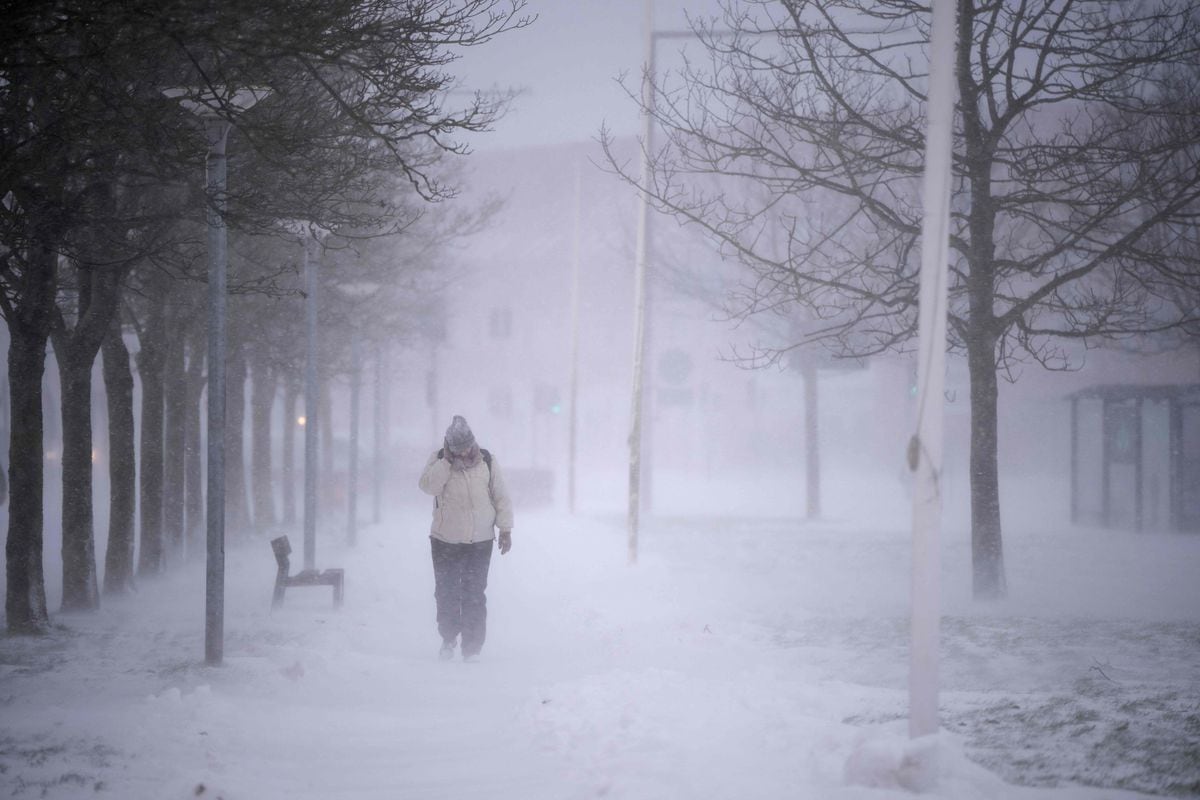After the European energy ecosystem passed its first test at the end of November, it will face its second major cold test in the coming days. After a so-far mild heating period that allowed the Twenty-Seven to keep its natural gas reserves almost intact, temperatures plummeted in the final stretch of the week – with forecasts of as low as -21 degrees Celsius in Oslo, -18 degrees Celsius in Helsinki, -12° in Stockholm, -10° in Warsaw, -5° in Madrid and -4° in Berlin – will test its resistance after the price and supply crisis in 2022 and the first half of 2023.
According to weather reports, the cold, although somewhat weakened, will continue during the first phases of next week. The intensity and, above all, the duration of the episode are crucial for assessing its effect. This is currently minimal on the markets: far from rising, the price of natural gas – the best thermometer of nervousness – in Europe remains at around 32 euros per megawatt hour (MWh) and is even falling slightly this Tuesday.
 This Wednesday, a person walks along a snow-covered street in Kristiansand, Norway. GOAL ERIK SCHRODER (EFE)
This Wednesday, a person walks along a snow-covered street in Kristiansand, Norway. GOAL ERIK SCHRODER (EFE)
The new security problems in the Red Sea, which have led one of the world's largest shipping companies, Maersk, to once again paralyze the navigation of its ships through the area, have no impact on the price of gas. However, this revival is having an impact on the oil market: this Tuesday the barrel of Brent crude oil (the benchmark in Europe) rose by more than 2%, only to slow the pace in the last half of the day.
The growing installed capacity of renewable energy is the key to avoiding greater evils in the Old Continent. This new stream of green electricity generation displaces gas and coal from the electricity matrix, reduces the consumption of both fuels and thus takes pressure off prices. The sharp decline in industrial gas demand as a result of the energy crisis also contributed to this reduced concern, as the price explosion made it impossible for many companies to maintain the pace of business and forced them to increase the import of intermediate products.
“We have very full inventories and a large part of the industry is still shut down, so consumption is not getting out of control either,” confirms Javier Revuelta from the Swedish energy consultancy Afry. “And the French nuclear company has brought good news and brought back a large part of its fleet.” This last factor is also important: as with increasing renewable energy production, improving the production figures of Europe's largest nuclear power plant reduces the need to burn gas to generate electricity, considerably. One less source of demand.
 Picture of Oslo under the snow, this Tuesday.HEIKO JUNGE (EFE)
Picture of Oslo under the snow, this Tuesday.HEIKO JUNGE (EFE)
According to the latest data from Gas Infrastructure Europe, EU gas reserves will have reached just over 86% of their capacity by 2023. Although this figure is down from the 99.6% at the start of November, deposits remain at more than healthy levels, close to their all-time high for this data. Another factor putting pressure on prices and easing concerns about future supplies of liquefied natural gas (LNG, which is transported by ship). This new litmus test will serve to measure Europe's resilience, but the oft-heralded apocalypse is now further away than at any time in the last two years.
Follow all information Business And Business on Facebook and Xor in our weekly newsletter
The five-day agenda
The most important business quotes of the day, with the keys and context to understand their significance.
RECEIVE IT IN YOUR EMAIL
Subscribe to continue reading
Read without limits
_

